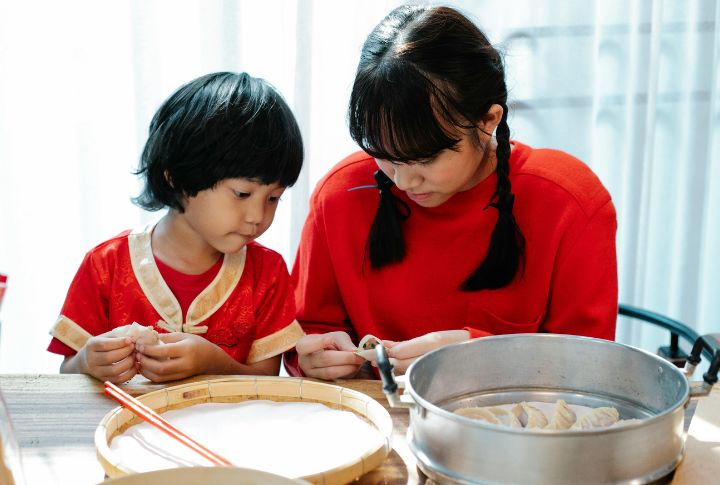
What we do in our homes says a lot about who we are. In American homes, routines are often driven by individual convenience and consumer technology. In Asian households, however, daily habits are shaped by a blend of culture, respect for elders, spirituality, and sustainable living. Here are ten such traditions that Americans often find surprising, but make perfect sense in Asia.
Removing Shoes Before Entering The House
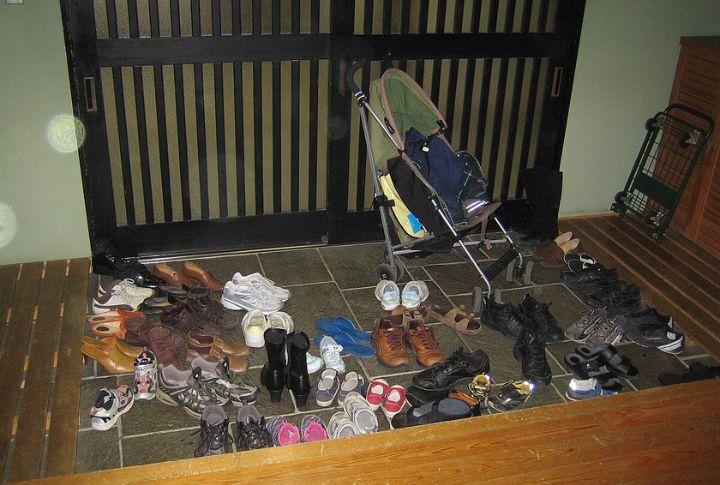
Take a step into any home across Southeast Asia, and your first action would be to take off your shoes. Removing shoes before entering the home reflects the deep-rooted belief that shoes carry impurity and wearing them indoors is a sign of disrespect to the sacredness of the home. Japanese homes feature a genkan, while Thai houses have a nakhon, both spaces dedicated to taking off and storing shoes.
Using Squat Toilets In Traditional Homes
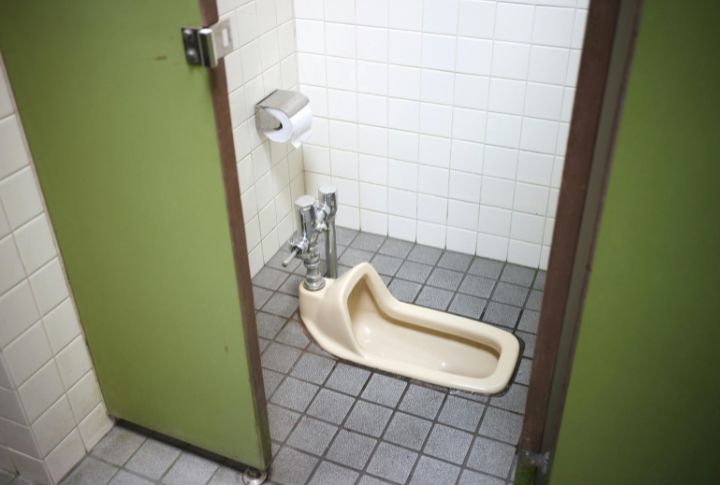
For American travelers, squat toilets may come as a surprise, yet they remain a common feature across Asia. Research from BMC Public Health suggests that squatting can reduce pelvic floor strain and smooth bowel movement. To help unfamiliar visitors, many public restrooms provide clear signage explaining how to use them. As for cleaning up, forget toilet paper; use water, as used in India and Southeast Asia.
Rotating Sleeping Spaces Based On Season And Guests

Japanese and Korean households have mastered the art of flexible living. Rather than permanent bedrooms, many homes rely on futons and yoga mattresses that can be moved or stored depending on the time of day or season. Whereas, Tatami rooms in Japan serve as multipurpose spaces with their woven straw mats offering comfort during warm summer nights.
Shared Meals Served All At Once Without Individual Plates
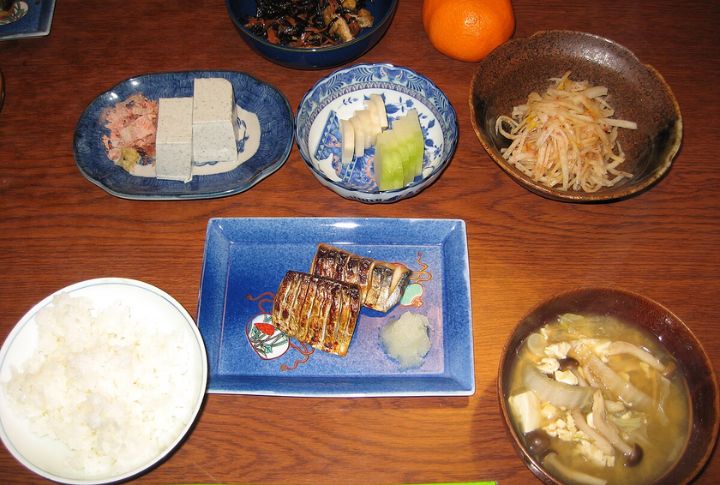
If you’re invited to a meal in an asian household, don’t be surprised when dishes land in the center of the table, meant for everyone to share. In much of Asia, sharing food from common bowls reflects respect and care for others. Refusing offered food or reaching for a dish before others can be seen as disrespectful. These customs turn everyday meals into moments of connection that feed both the stomach and the soul.
Drying Clothes Outdoors Year-Round
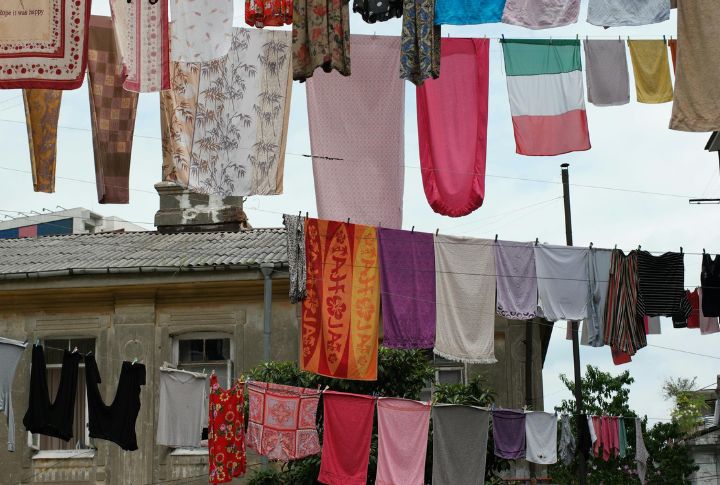
In contrast to American homes that rely on clothes dryers, many Asian households turn to the sun for their laundry needs. Sun-drying remains the preferred method for its affordability, energy savings, and natural sanitizing power. In Japan, drying becomes a craft, complete with color-coded clips, and in Vietnam, drying racks are both functional and beautiful, designed to fit effortlessly into modern interiors.
Household Shrines For Daily Worship
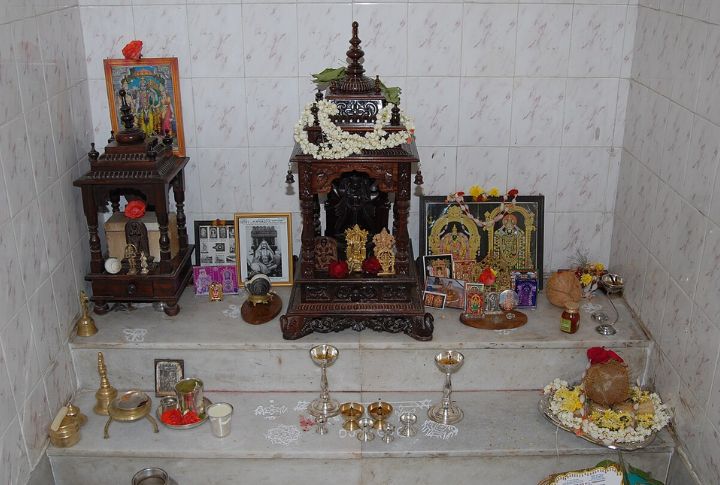
In Hindu, Buddhist, Taoist, and ancestor-worshipping homes across Asia, prayer spaces are central to daily life. These shrines are lovingly maintained, with morning offerings of incense, fruit, and flowers. In Thailand, shared spirit houses outside apartment buildings reflect a belief that spiritual protection belongs to the whole community, and interrupting someone during their prayers is seen as disrespectful.
Chores Assigned By Age And Status

In traditional Chinese, Korean, and Indian families, elders often assign chores based on age and ability. This creates a routine where everyone plays a part. In Japan, children as young as toddlers are taught to tidy up, helping with tasks like organizing schoolbags or cleaning toys. These habits promote responsibility and a sense of belonging, making chores a meaningful part of family life.
Morning Sweeping Rituals To Start The Day Fresh
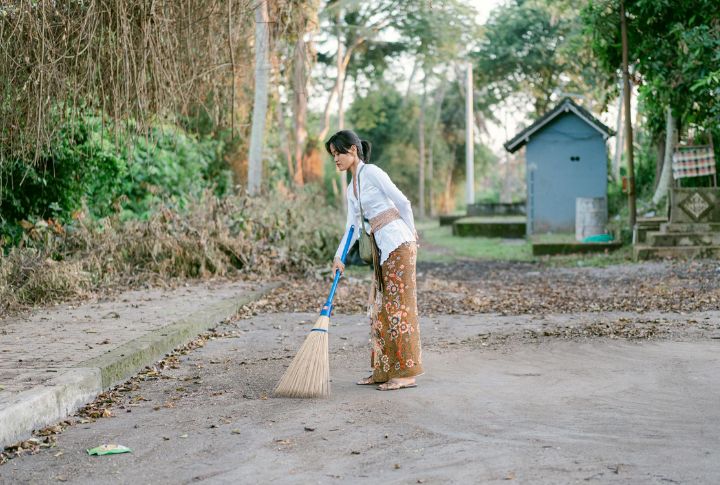
Sweeping the house at dawn is a cherished ritual in India and much of Southeast Asia.
It’s believed to sweep away not just dust but also the bad luck of the previous day, making room for new blessings and positive energy. But don’t grab that broom at night, superstition says you might accidentally sweep your luck right out the door.
Boiling Drinking Water Daily
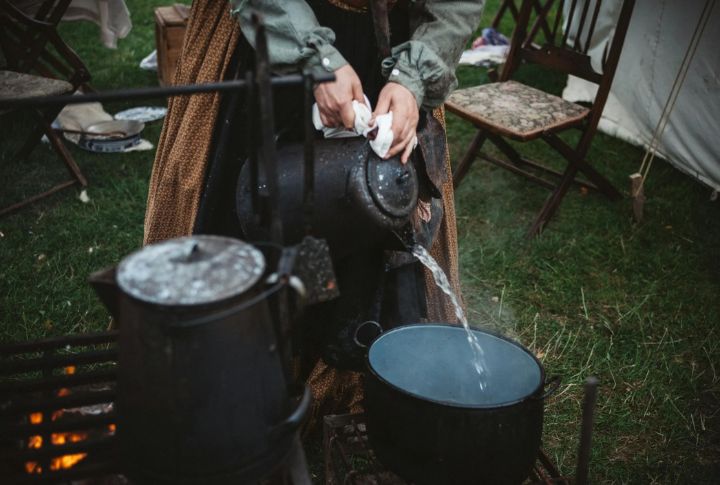
Boiling water is part of daily life in many Asian homes, especially where tap water may not be safe to drink. In China, it’s common to offer guests a cup of warm water as an act that shows care and hospitality. This small ritual highlights a broader belief in treating water with respect, recognizing its role in well-being.
Using Natural Ingredients For Homemade Cleaning Solutions
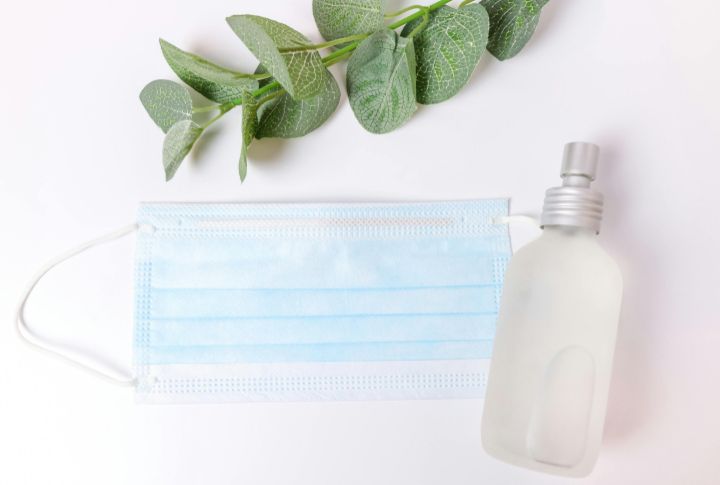
While Americans rely on store-bought sprays and disinfectants, Asian families turn to time-honored traditions. In Thai and Filipino homes, homemade cleaning solutions often feature lemongrass—a natural disinfectant and insect repellent. These herbal recipes, passed down through generations, reflect a deeper connection to nature and ancestral knowledge.

